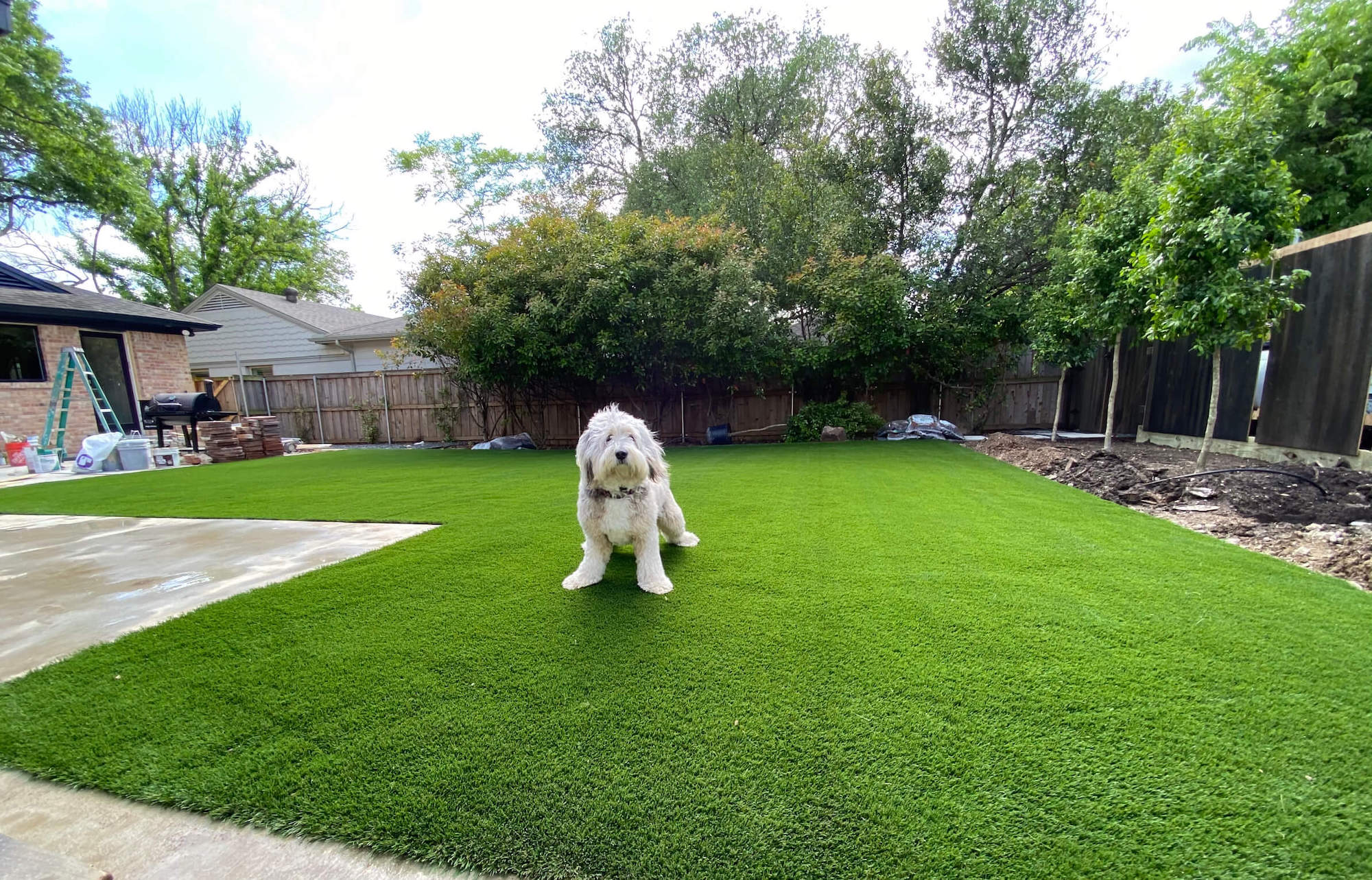The Road to Canine Success: Effective Dog Training Methods Unveiled

Embarking on the journey of dog training is like paving a road to success for your furry companion. To create a harmonious and well-behaved canine companion, it’s essential to explore the most effective dog training methods. In this guide, we’ll unveil the roadmap to canine success and highlight some of the most effective techniques to help you and your dog reach your goals.
Contents
The Significance of Effective Dog Training
Effective dog training has far-reaching benefits for both you and your dog:
1. Safety:
Well-trained dogs are less likely to engage in risky behaviors, reducing the risk of accidents or harm.
2. Communication:
Training enhances communication between you and your dog, allowing both of you to understand each other’s needs and expectations better.
3. Behavioral Issues:
Proper training can prevent or address behavioral problems, such as aggression, anxiety, or destructive tendencies.
4. Quality of Life:
A well-trained dog can participate in various activities, leading to a more fulfilling life for both you and your pet.
Unveiling Effective Dog Training Methods
Let’s explore some of the most effective dog training methods that can pave the road to success for your furry friend:
1. Positive Reinforcement Training:
Positive reinforcement involves rewarding your dog with treats, praise, or toys when they exhibit desired behaviors. This method motivates your dog to repeat those behaviors and strengthens the bond between you.
2. Clicker Training:
Clicker training uses a clicker device to mark the precise moment your dog performs the desired behavior, followed by a reward. It provides clear communication and immediate feedback.
3. Lure and Reward Training:
This method uses a treat or toy to guide your dog into performing a specific action. For instance, you can use a treat to lure your dog into a sitting position and then reward them when they comply.
4. Capturing Behavior:
Capture moments when your dog naturally exhibits desired behaviors and reward them immediately. For example, if your dog spontaneously sits, praise and treat them for doing so.
5. Shaping:
Reward your dog for making gradual progress toward a desired behavior. Start by rewarding small steps and progressively require more accurate behaviors for a reward.
6. Desensitization and Counterconditioning:
These techniques are valuable for addressing fears or anxieties. Gradually expose your dog to the feared stimulus in a controlled and positive way to change their emotional response.
7. Obedience Training:
Teach your dog basic obedience commands like sit, stay, come, and heel. These commands form the foundation of good behavior.
8. Impulse Control Training:
Train your dog impulse control to resist impulsive behaviors like jumping or rushing out of doors. Techniques include “leave it” and “wait” commands.
9. Socialization:
Expose your dog to various people, animals, and environments to ensure they are well-adjusted and confident in different situations.
10. Consistency and Patience:
Consistency in your training approach and patience with your dog’s learning process are crucial components of successful training.
Choosing the Right Dog Training Method
Selecting the right dog training method depends on various factors:
- Your Dog’s Personality: Consider your dog’s temperament, energy level, and individual preferences.
- Your Training Goals: Determine what specific behaviors you want to teach or correct in your dog.
- Your Training Resources: Assess the time, tools, and expertise you have available for training.
- Professional Guidance: If needed, consult with a professional dog trainer or behaviorist who can tailor a training plan based on your dog’s unique needs.
Common Training Pitfalls to Avoid
As you embark on your journey to canine success, steer clear of these common training pitfalls:
1. Punishment-Based Training:
Avoid using harsh punishments or physical corrections, as they can harm your dog’s trust and well-being.
2. Inconsistency:
Inconsistent training methods and rules can confuse your dog and impede their progress.
3. Neglecting Socialization:
Failure to provide early socialization experiences can lead to fear and aggression issues in the future.
4. Impatience:
Training takes time, and impatience can lead to frustration. Be persistent and understanding with your dog’s learning pace.
5. Overusing Treats:
While treats are excellent for positive reinforcement, use them strategically to avoid overindulgence.
Conclusion
The road to canine success through effective dog training is a journey that enriches both your life and your dog’s. By unveiling and applying these effective training methods while avoiding common pitfalls, you can create a well-behaved and harmonious canine companion. Remember, every dog is unique, so adapt your training approach to suit your pup’s individual needs and personality. With dedication, consistency, and the right techniques, you’ll pave the way for a rewarding and joyful relationship with your beloved furry friend.





